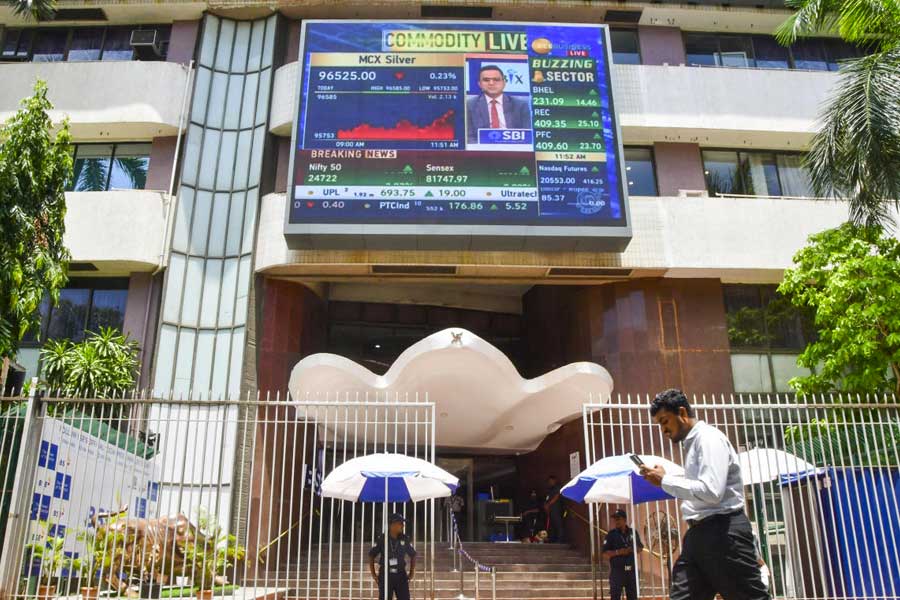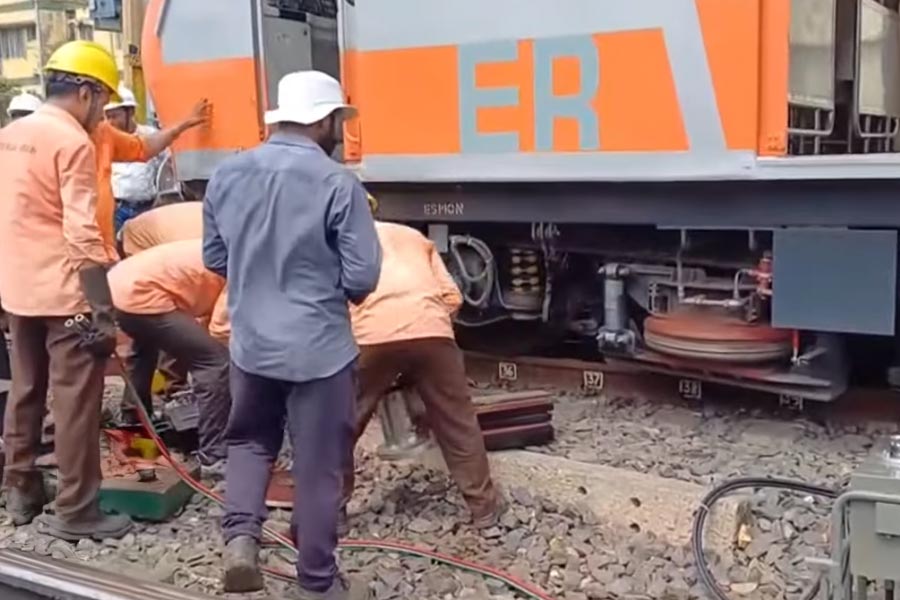 |
| The foundation stone for the construction of the new Opera Hall at Thana Road. Telegraph picture |
Shillong, Nov. 9: A piece of Shillong’s heritage will soon be consigned to the flames of history.
The Assam-type “Opera Hall” on Thana Road, which was built in 1901-1902 by the Shillong Hindu Dharma Sabha, will shortly be razed in a phased manner to pave way for the construction of a concrete structure.
The auditorium came up when the Freedom Movement was still on, when some of the fragments caused by the great earthquake of June 1897 (8.7 on the Richter scale) were yet to disappear, and when Shillong was still the capital of the British administration following the formation of Assam as a Chief Commissioner’s Province in 1874.
Besides being a hub for religious-cultural activities, the hall had also hosted luminaries like Netaji Subhas Chandra Bose.
The hall is situated in conjunction with the Sri Jagannath temple, and this morning, several devotees came to witness the foundation-stone laying ceremony for the concrete structure. The temple and the hall were established on a plot of land, which was given to the Sabha by the then deputy commissioner of the United Khasi & Jaintia Hills (now known as East Khasi Hills). The temple was reconstructed in 1962.
Gajapati Maharaja Dibyasingha Deb, the king of Puri, and Pujya Babaji Sri Sacchidananda Das Maharaj, adhyaksha of Jhanjapita Math, Puri laid the foundation stone.
Beginning today, a three-day programme is being organised by the Sabha where Gajapati Maharaja Dibyasingha Deb and Pujya Babaji Sri Sacchidananda Das Maharaj will deliver discourses.
The Sabha general secretary, Hirak Chakraborty, said, “The new should be welcomed.”
As he welcomed the new, Chakraborty recollected from history that the hall was erected with the help of ordinary folks who contributed in either cash or kind. “But we do not have records to show how much money was spent in the construction of the hall.”
The architectural design of the hall was prepared by one personality, who was then based abroad, but whose name is still anonymous. “The hall has become too old, and the pillars have deteriorated. But you must appreciate the way in which the hall was constructed. The sound emanating from the microphones does not echo,” he added.
Last month, the Azad Hind Foundation Day, to commemorate the setting up of a provisional government of free India by Netaji Subhas Chandra Bose on October 21, 1943, was celebrated at the Opera Hall.
“According to the present estimates, at least Rs 2 crore would be required to construct the concrete structure, which would also have an underground parking lot. We intend to complete the construction within two years,” Chakraborty said.
However, he made it clear that no government support would be sought for the construction of the concrete structure. “Going by the rules, we should not take help from the government because since its inception in 1901, the hall was built by the people, with the people, and for the people.”
As the curtains on the hall would gradually come down, Chakraborty said, “It would be sad to see the old structure fading away, but we have to welcome the new.”










